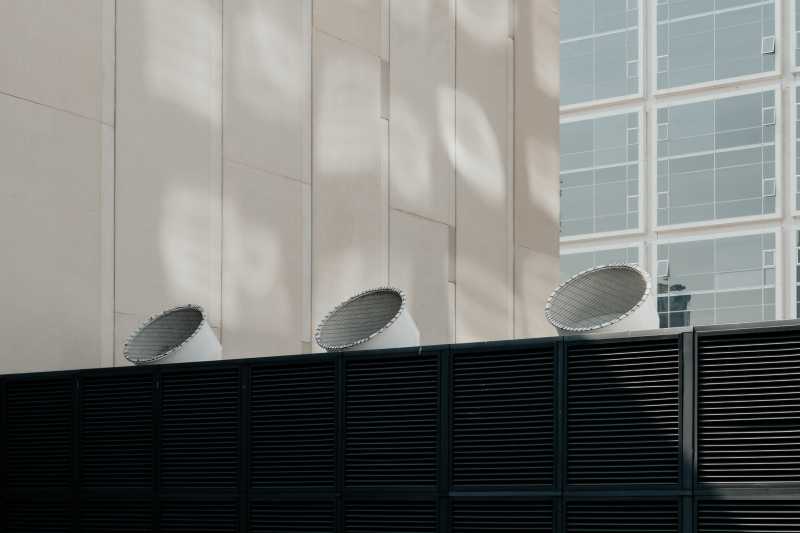Roof ventilation is an often overlooked, yet crucial aspect of maintaining a healthy and efficient home. In this comprehensive guide, we will delve into the importance of proper roof ventilation, and how it can save you money, protect your home, and create a more comfortable living environment. Let’s get started!
Understanding Roof Ventilation
Roof ventilation is a system designed to ensure continuous airflow between your attic and the outside environment. It involves a balance of intake and exhaust vents to draw in cool, fresh air and expel hot, stale air. But why is this so important? Let’s find out in the next section. For more information on roof ventilation systems, visit our technology page.
The Role of Roof Ventilation in Energy Efficiency
Proper roof ventilation can significantly reduce energy costs. In the summer, a well-ventilated roof expels hot air from the attic, reducing the load on your air conditioning system. In the winter, it prevents warm, moist air from building up and causing ice dams. Want to learn more about how roof ventilation can save you money? Check out our day at the office blog post.
Preventing Moisture Damage with Roof Ventilation
Without proper ventilation, moisture can accumulate in your attic, leading to a host of problems including mold, mildew, and rot. By promoting airflow, roof ventilation helps keep your attic dry and your home safe from water damage. For more on this topic, visit our category 1 page.
Extending the Life of Your Roof
A well-ventilated roof can extend the life of your shingles, saving you money and hassle in the long run. Heat buildup in an unventilated attic can cause shingles to deteriorate prematurely, while in the winter, ice dams can lift and damage shingles. Learn more about how proper ventilation can extend the life of your roof on our roof replacement page.
Improving Indoor Comfort
By regulating attic temperatures, roof ventilation can also contribute to a more comfortable indoor environment. In the summer, it can help prevent heat buildup in your living spaces, while in the winter, it can prevent cold drafts and ice dams. For more tips on improving indoor comfort, visit our category 2 page.
Choosing the Right Ventilation for Your Roof
There are several types of roof ventilation systems, each with its own advantages and considerations. The right choice for your home will depend on a variety of factors including your roof design, climate, and local building codes. For help choosing the right ventilation system for your roof, check out our residential roofing installation page.
Conclusion
Proper roof ventilation is crucial for maintaining the health and efficiency of your home. By promoting airflow, it can help prevent moisture damage, extend the life of your roof, reduce energy costs, and improve indoor comfort. Remember, the right ventilation system for your home will depend on a variety of factors, so it’s important to do your research and consult with a professional.
FAQ 1: What is roof ventilation?
Roof ventilation is a system designed to ensure continuous airflow between your attic and the outside environment.
FAQ 2: How does roof ventilation improve energy efficiency?
Proper roof ventilation can reduce energy costs by expelling hot air from the attic in the summer and preventing warm, moist air buildup in the winter.
FAQ 3: How does roof ventilation prevent moisture damage?
By promoting airflow, roof ventilation helps keep your attic dry and your home safe from water damage.
FAQ 4: How can roof ventilation extend the life of my roof?
A well-ventilated roof can prevent heat buildup and ice dams, which can cause shingles to deteriorate prematurely.
FAQ 5: How can I choose the right ventilation system for my roof?
The right choice will depend on a variety of factors including your roof design, climate, and local building codes. It’s important to do your research and consult with a professional.

